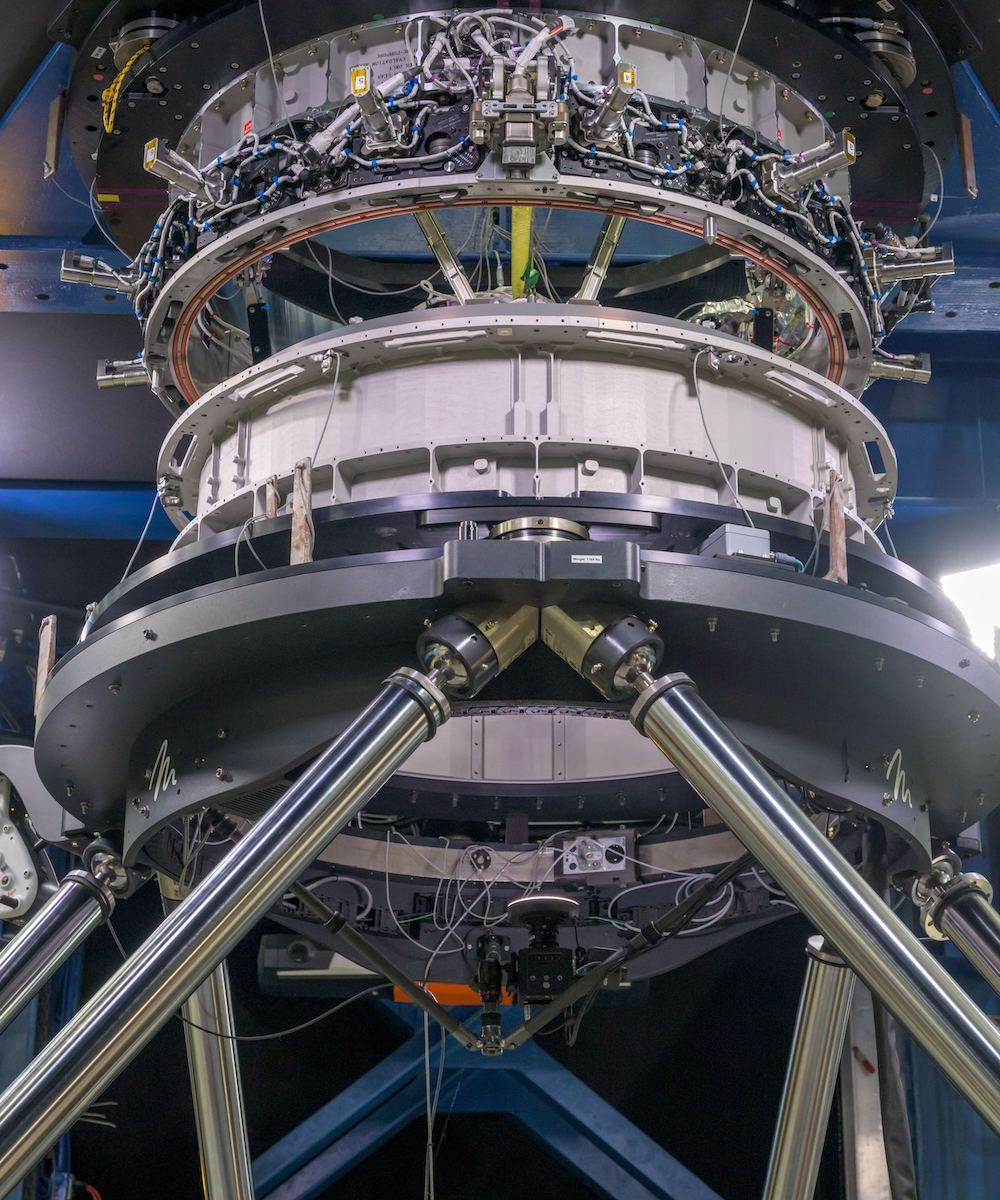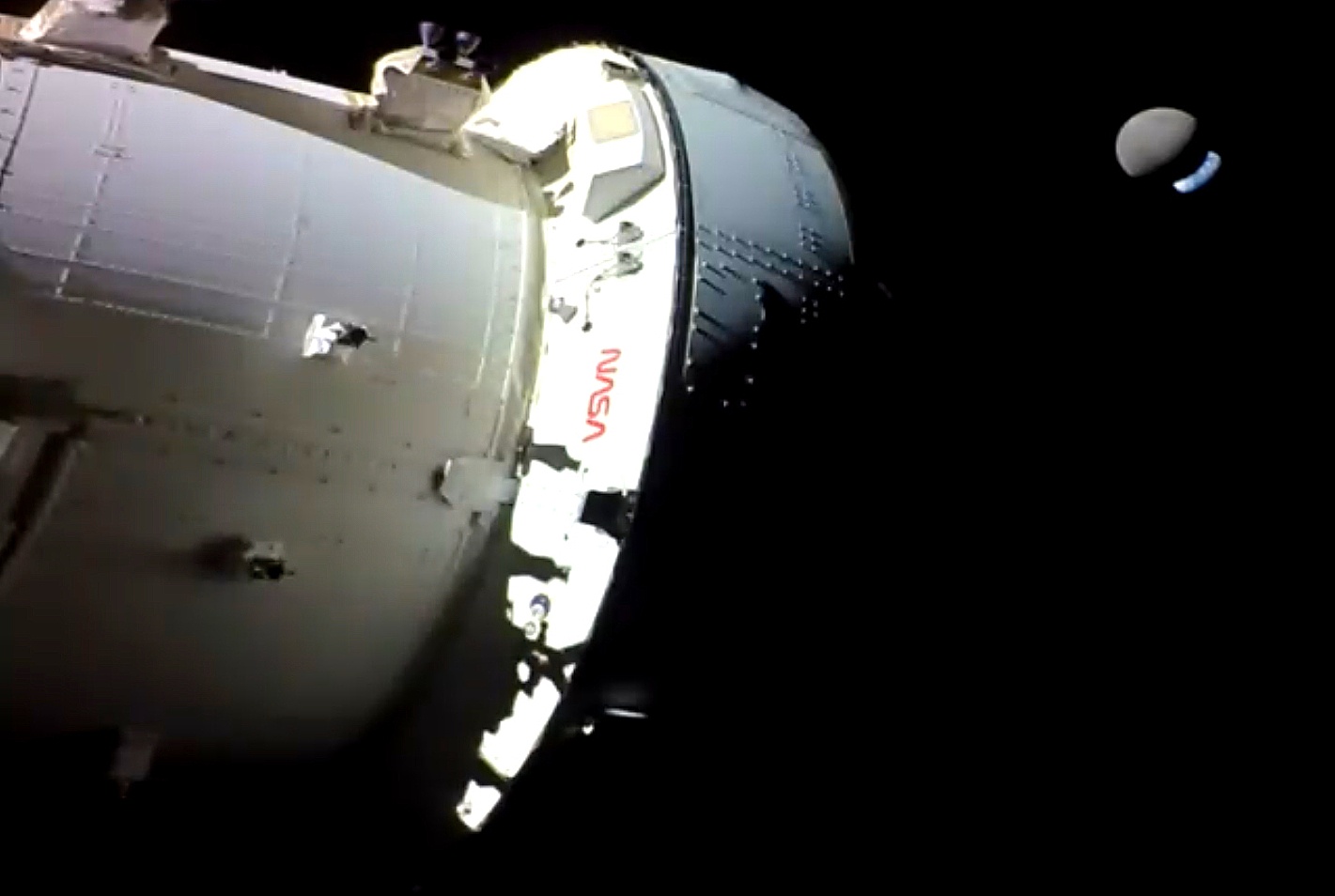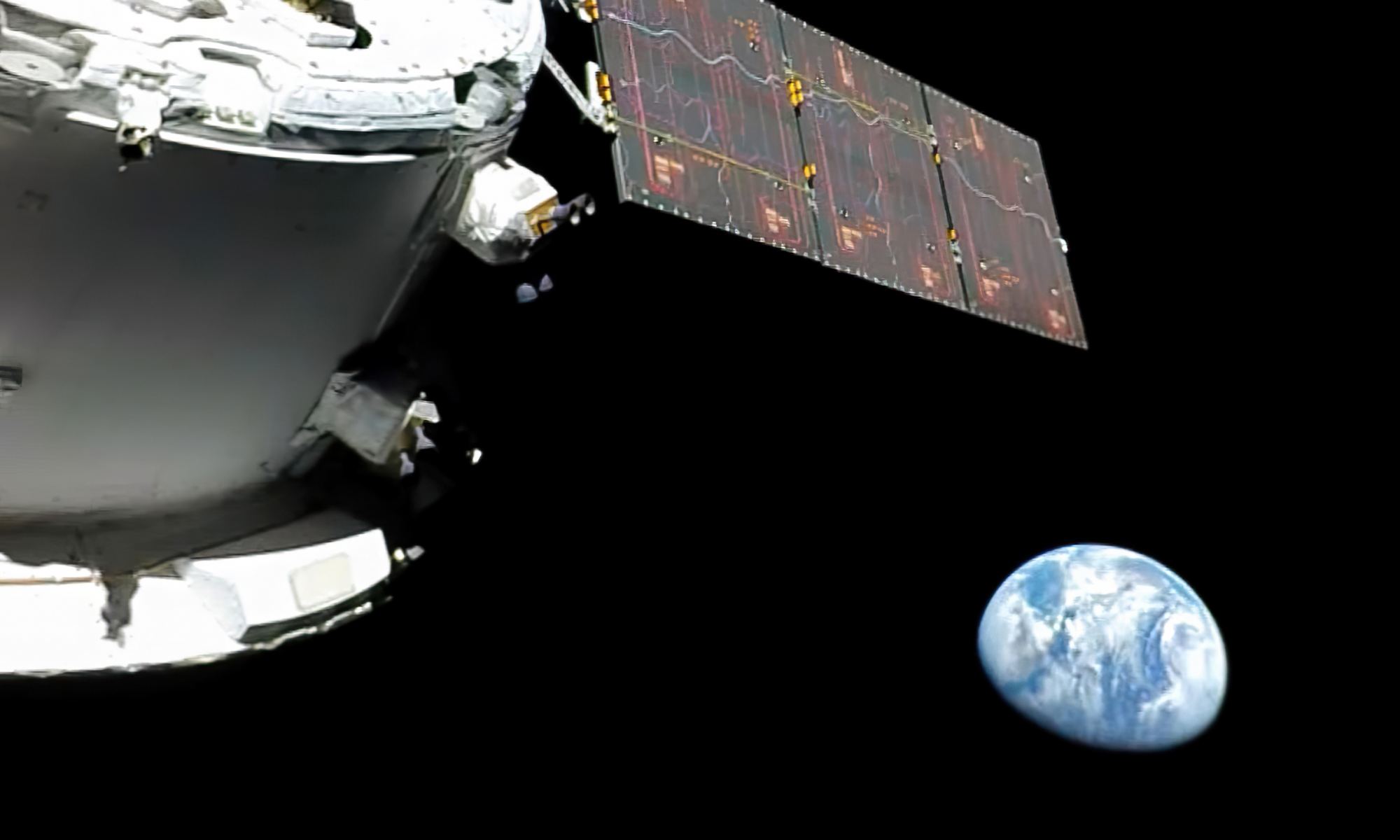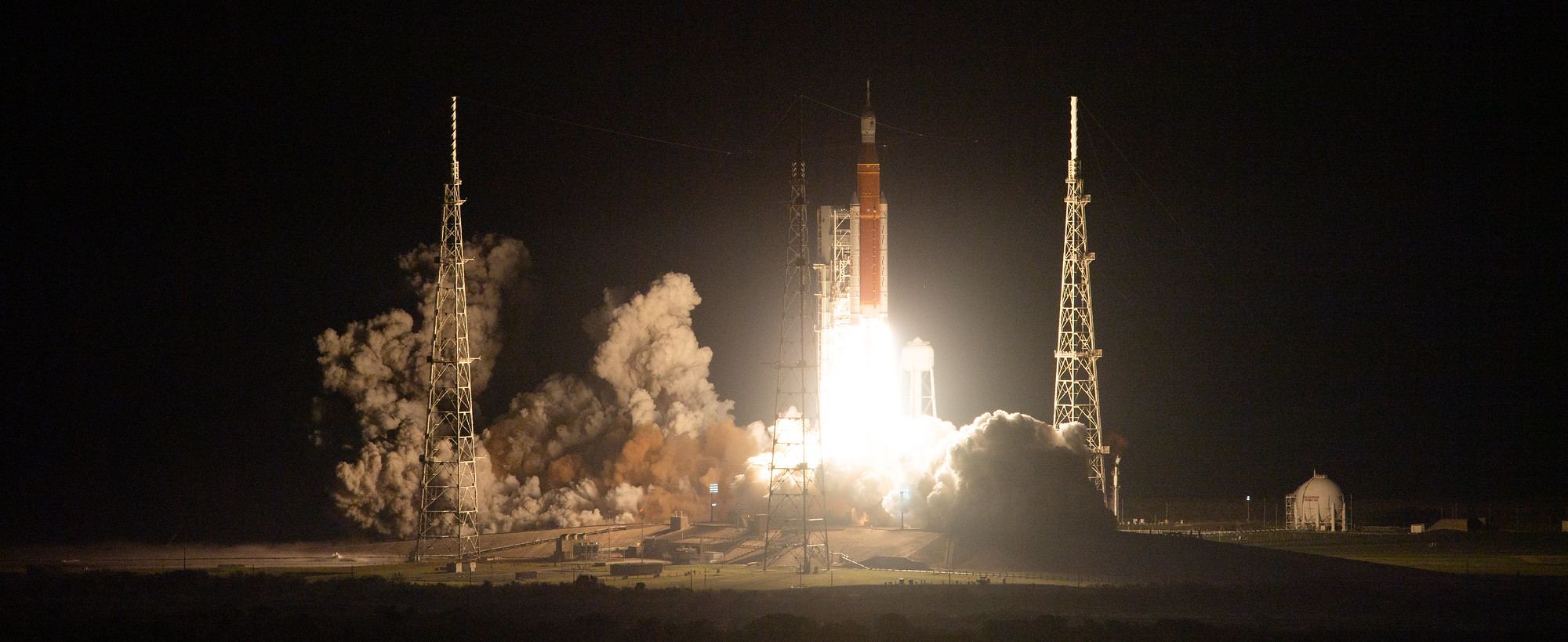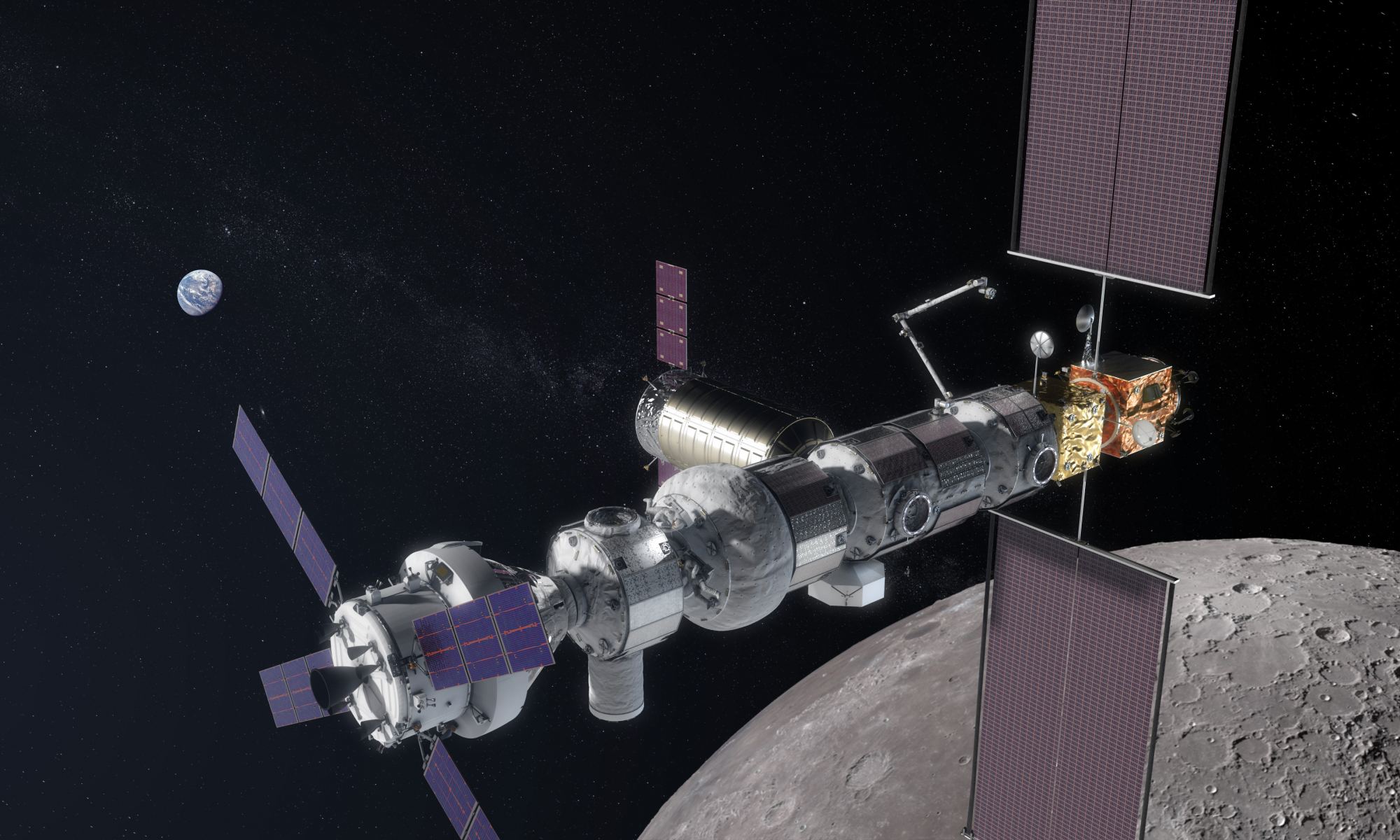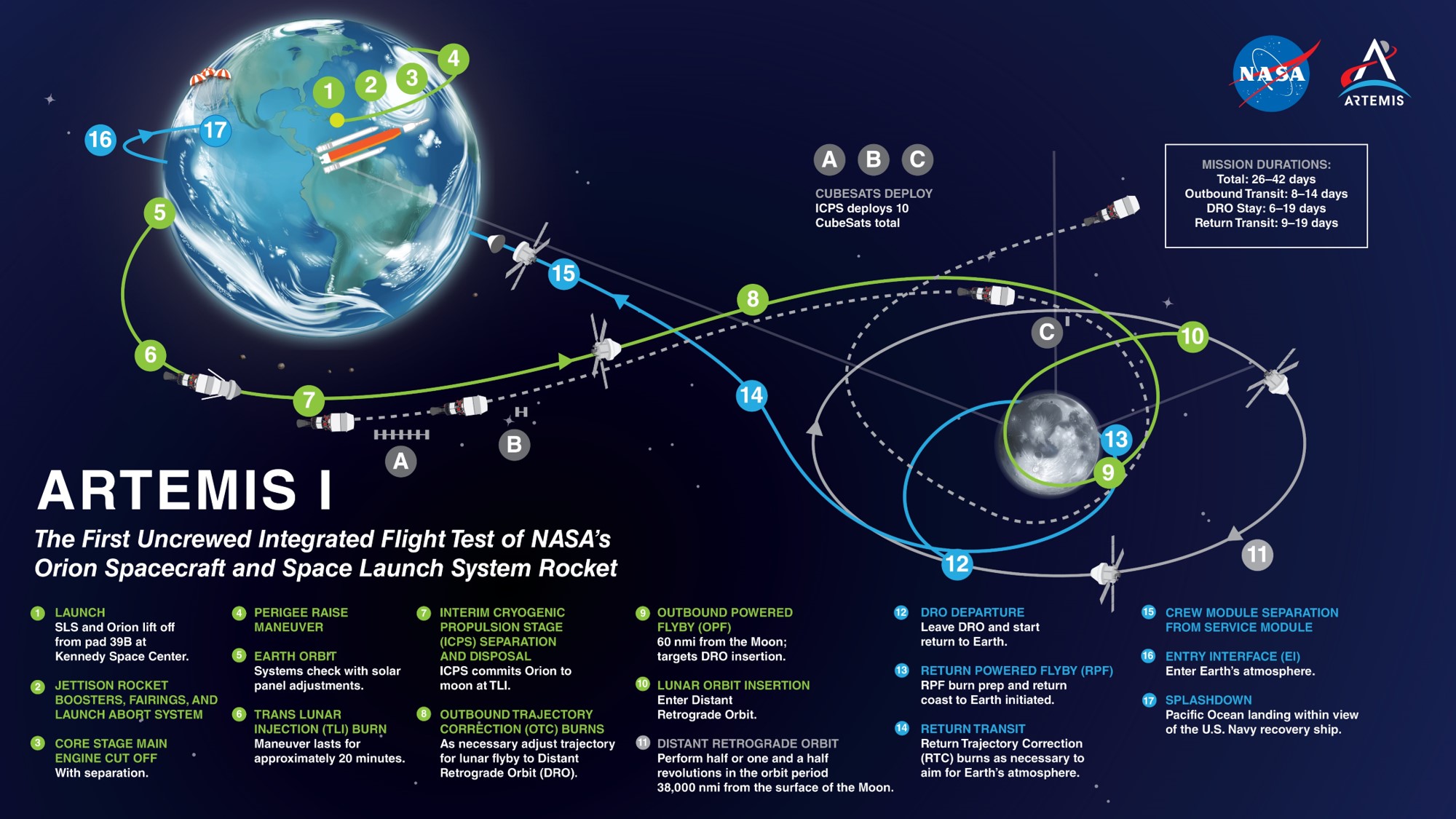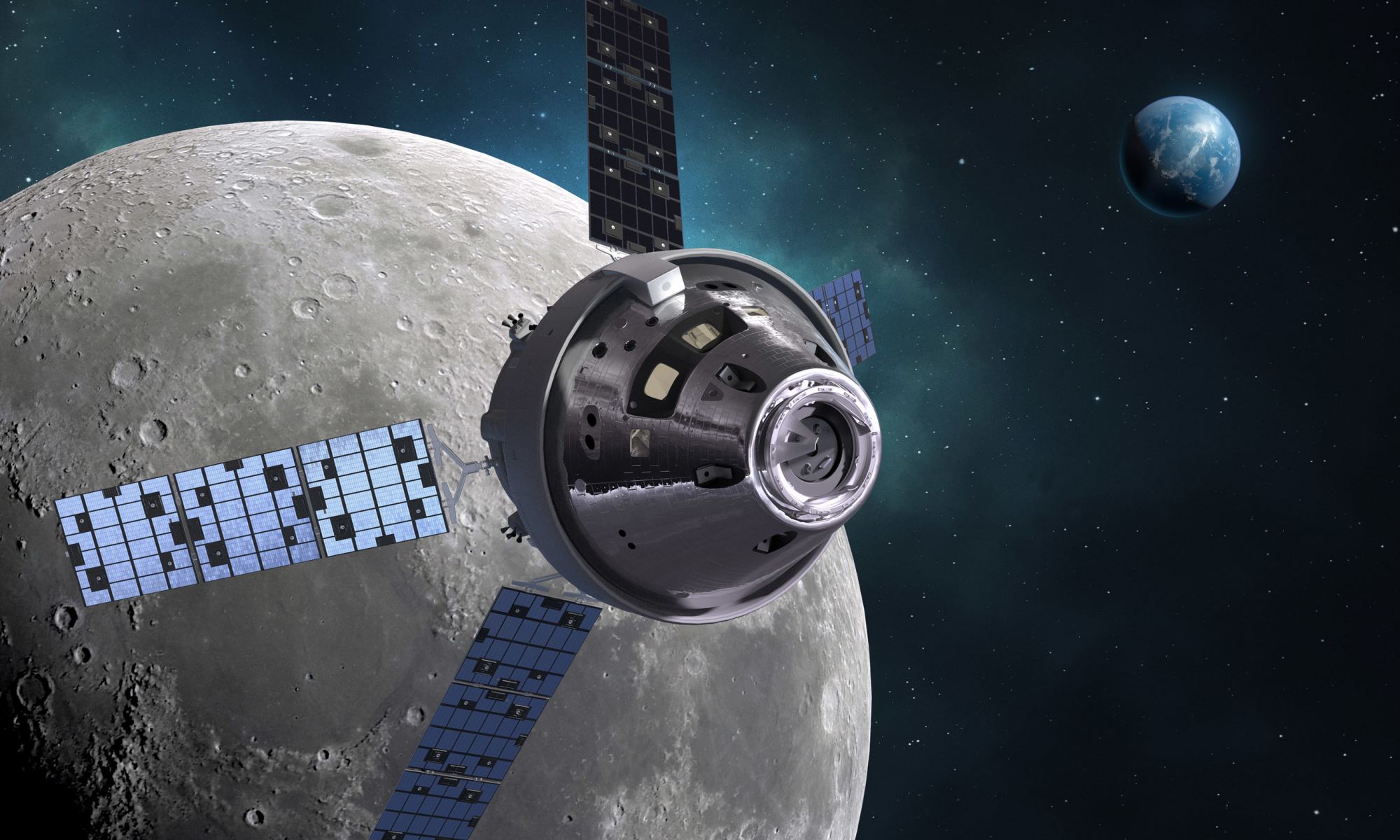The Apollo Program delivered 12 American astronauts to the surface of the Moon. But that program ended in 1972, and since then, no human beings have visited. But Artemis will change that. And instead of just visiting the Moon, Artemis’ aim is to establish a longer-term presence on the Moon. That requires more complexity than Apollo did. Astronauts will need to transfer between vehicles.
All of that activity requires a reliable spacecraft docking system.
Continue reading “NASA Tests the New Starship Docking System”
